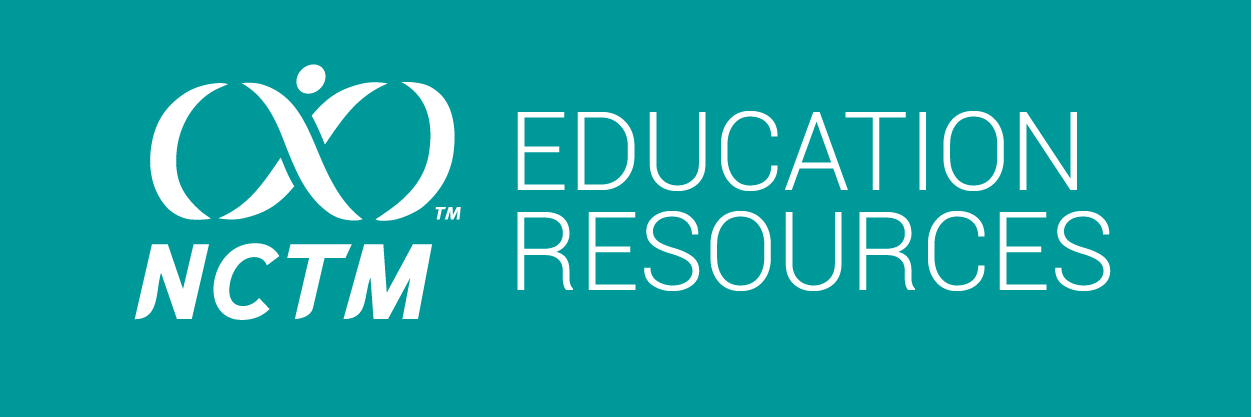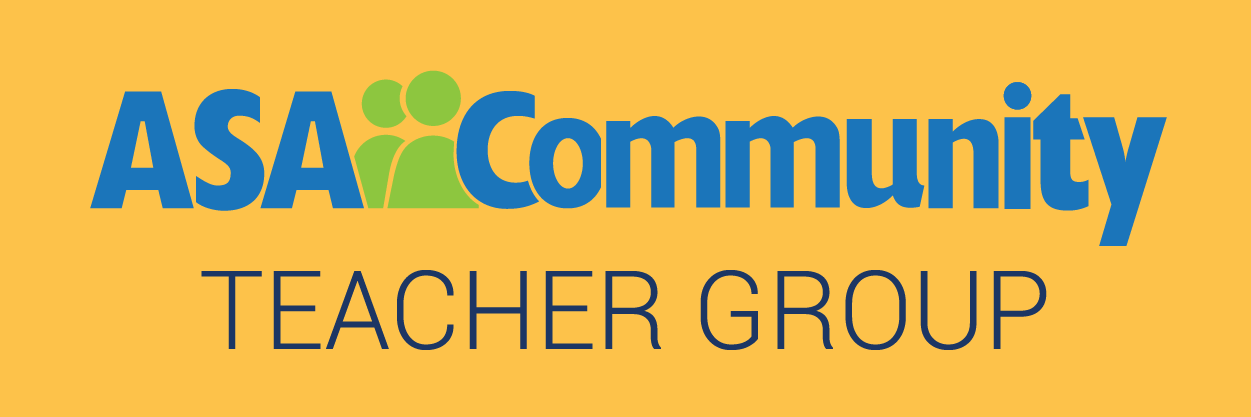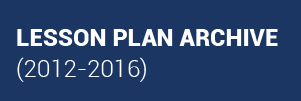A Guided Lesson on Fake News for Improving Statistical Literacy
The goal of the GAISE: Pre-K–12 Report is statistical literacy for all. But statistical literacy is not achievable unless students understand why they personally need to learn statistics. Fake news and the COVID-19 pandemic are two subjects that are relevant and concrete for students.


















